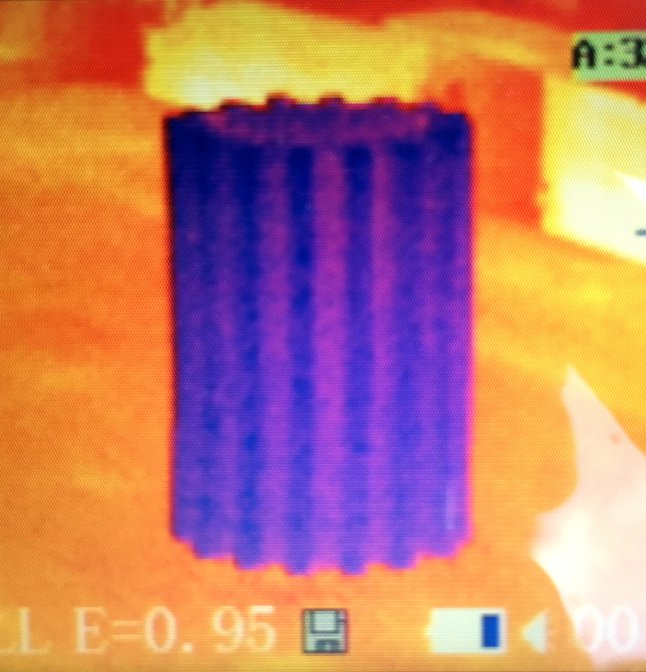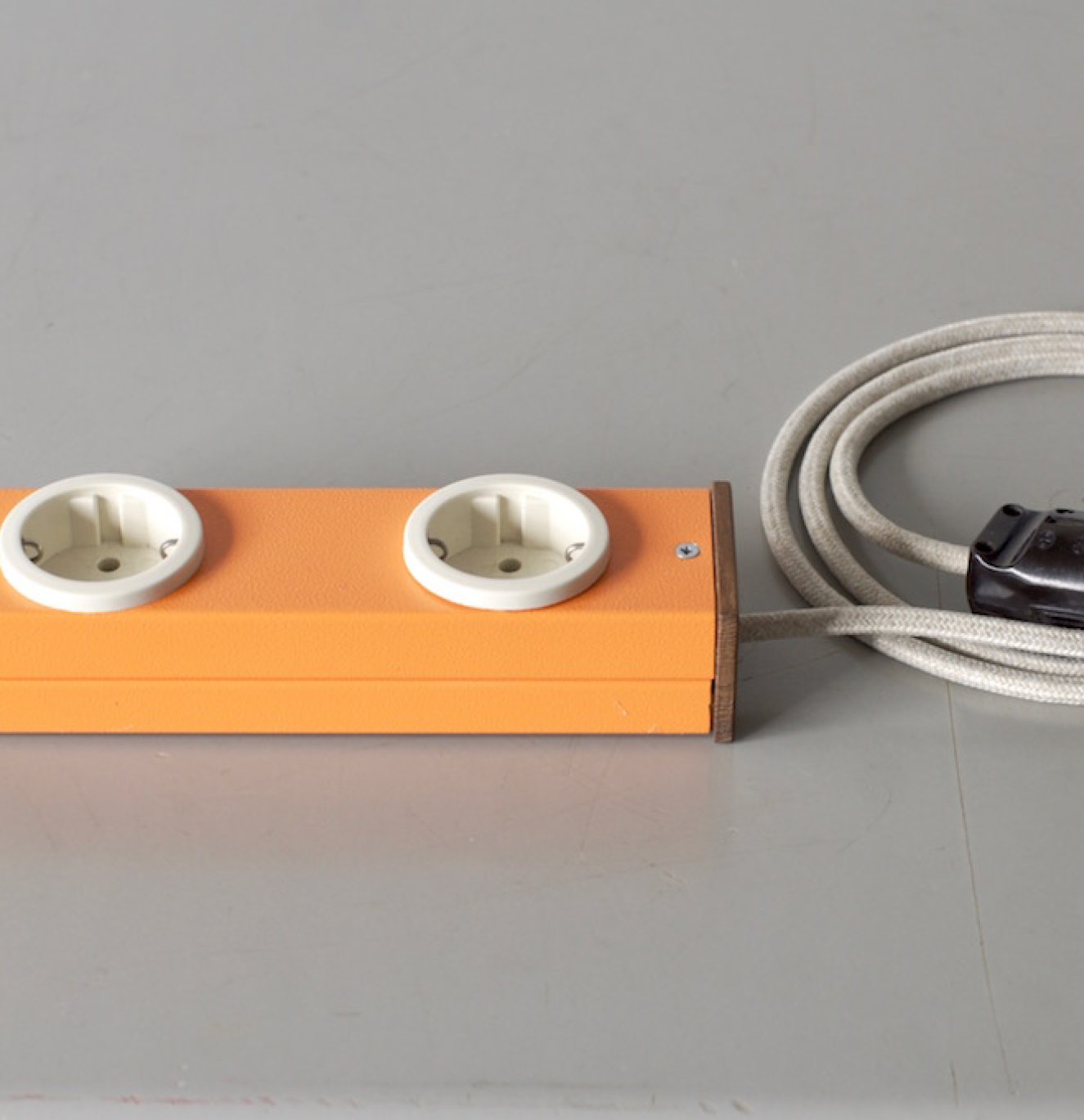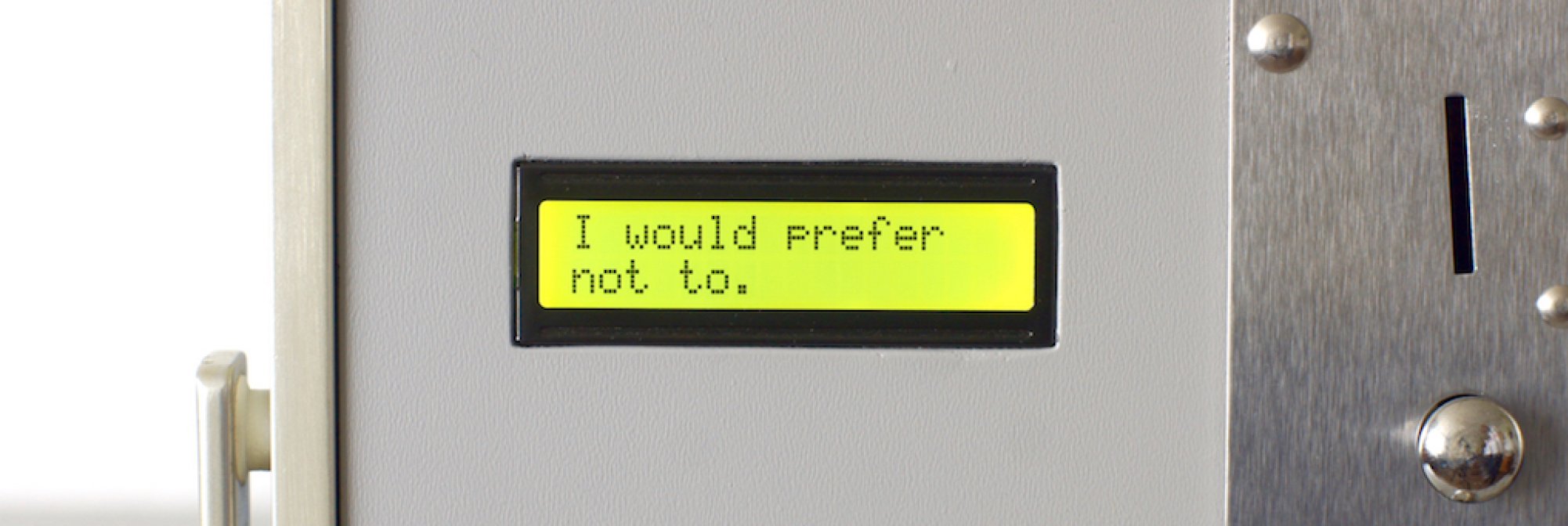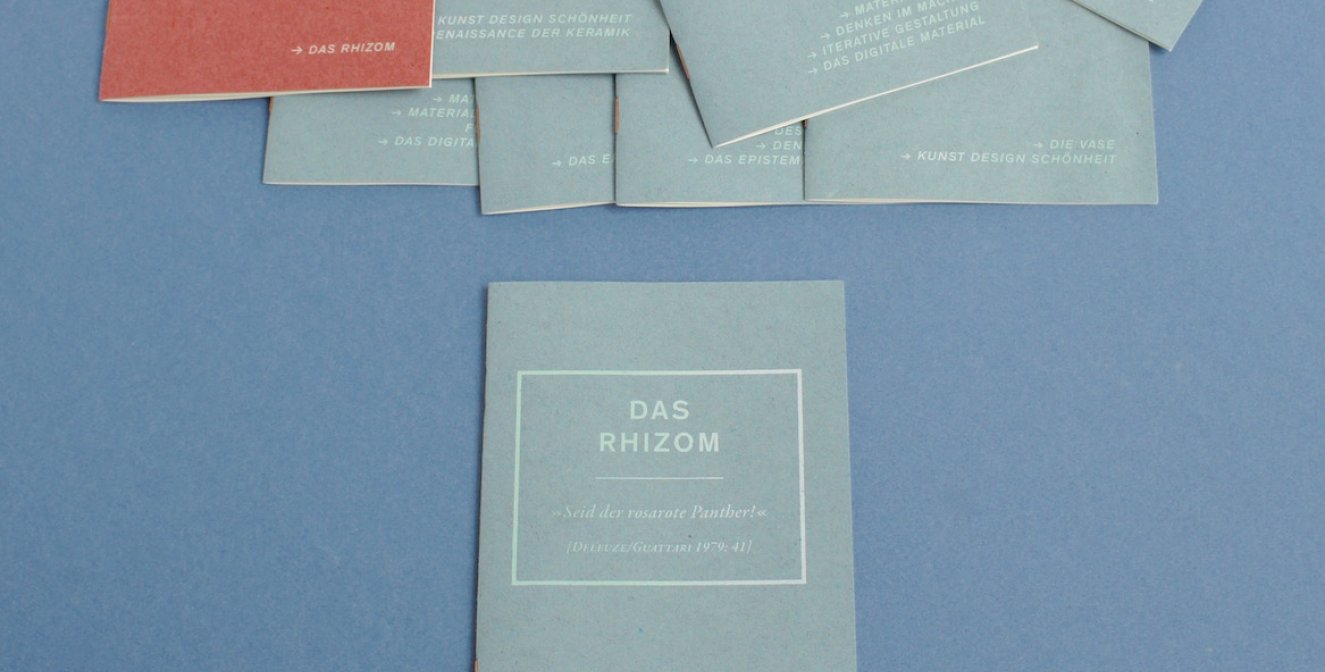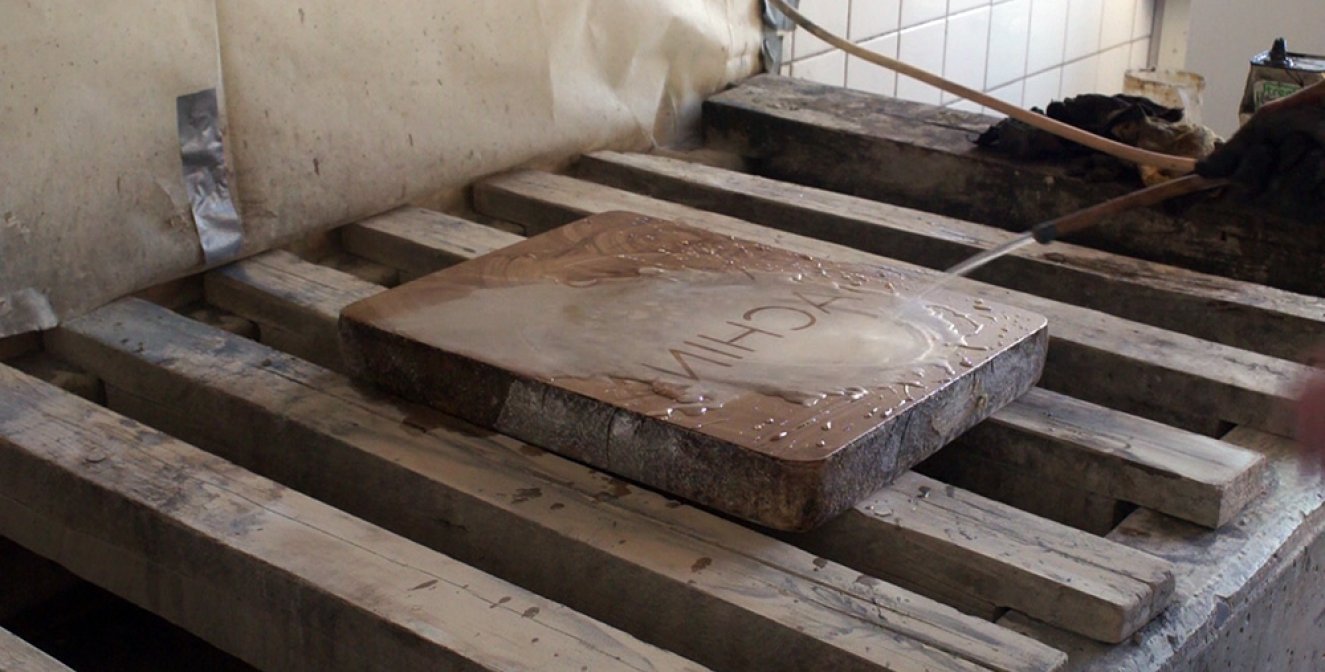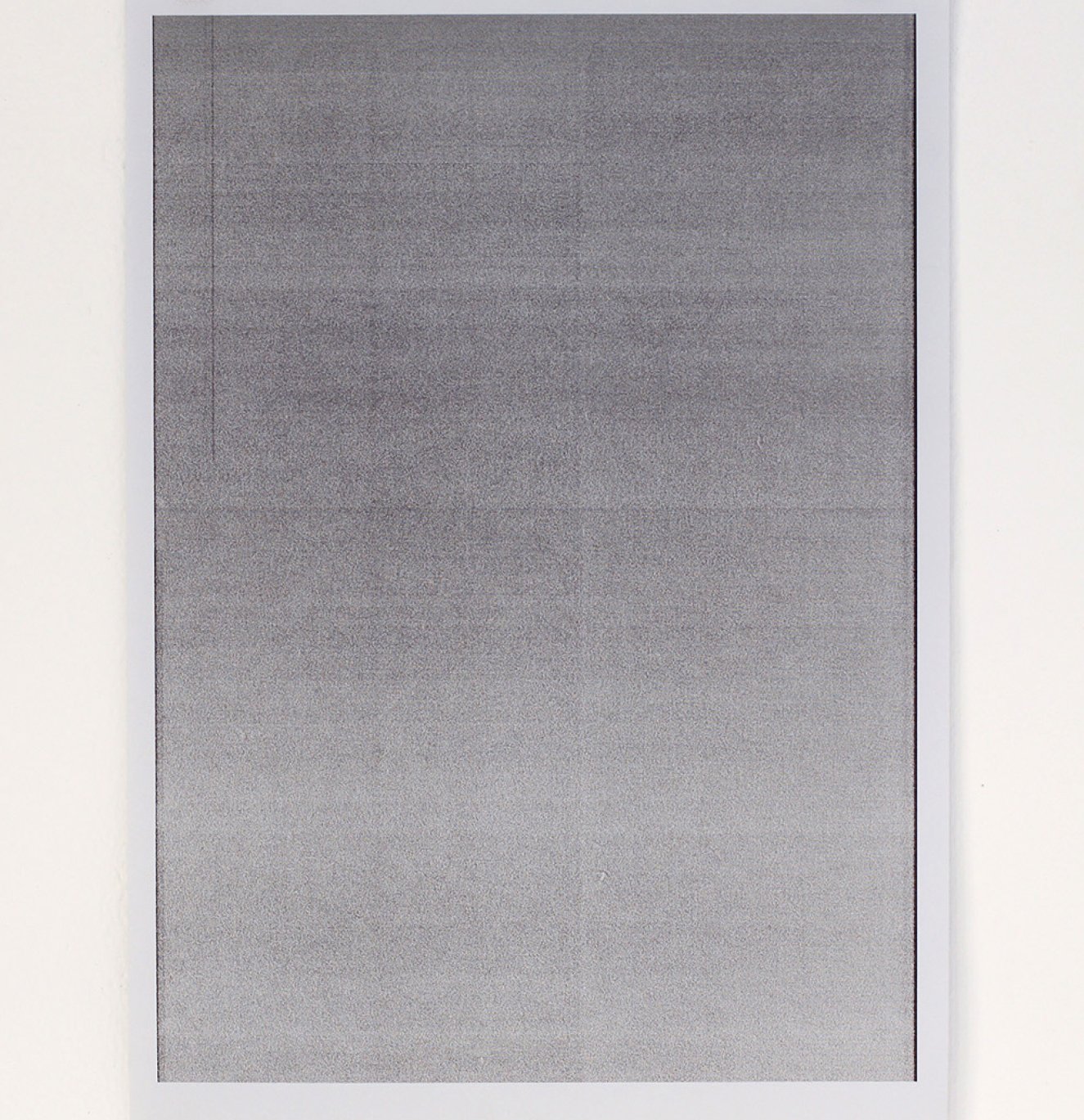Steffen Hartwig is living and working in Essen/Germany.
2010 – 2015 he studied communication design at the Folkwang UdK Essen, 2015 – 2016 at the new media class at UdK Berlin.
award(s)
Folkwangpreis für Gestaltung
Gesellschaft der Freunde und Förderer der Folkwang UdK e.V. · 2014
exhibitions & fairs
12/2023 · Werkzeug · Der schöne Hermann · Essen
10/2023 · VIOLETT · City of Gold · Essen
10/2022 · Kunst trifft Technik · LWL-Museum Ziegelei Lage
07/2020 · Kunst trifft Technik · Porzellanikon · Selb
02/2020 · Beauty is a Line · Picasso Museum · Münster
10/2019 · Das beseelte Ding · Museum Folkwang UG · Essen
09/2019 · Kunst trifft Technik · Keramion · Frechen
06/2019 · Impuls Bauhaus · Festival der FUdK · Essen
07/2018 · The Design in the City · Gdynia Design Days · Gdynia, PL
07/2018 · GLITCH · Gdynia Design Days · Gdynia, PL
05/2018 · Nothing but flowers · Łódź Design Festival · Łódź, PL
02/2017 · 3D print studio · Museum Cuypershuis · Roermond, NL
10/2016 · K 2016 · für Covestro · Messe Düsseldorf
10/2016 · Dutch Design Week · Klokgebouw · Eindhoven, NL
01/2016 · imm cologne · Kölnmesse · Köln
05/2014 · C.A.R. Medienkunstmesse · Zollverein Essen
11/2013 · trans(in)formation · Galerie 52 · Essen
11/2013 · die Iris des Folkwang · das Gespinst · Essen
06/2013 · C.A.R. Medienkunstmesse · Zollverein Essen
11/2012 · shiny toys festival · Ringlokschuppen · Mülheim
08/2012 · Verteilerebene · Rathaus Essen
06/2012 · C.A.R. Medienkunstmesse · Kokerei Zollverein · Essen
10/2011 · C.A.R. Kunstmesse · Zollverein · Essen
04/2011 · zurück im blick nach vorn – vor im blick zurück · Galerie im Gang · Essen
collections
2017 · Museum Cuypershuis · Roermond, NL
other ventures
– personal instagram
– studio for development of electronics for art and music: analog research
· website · instagram
– studio specializing in recycled materials: das Rezyklat
· website · instagram
contact
hallo@steffenhartwig.de







